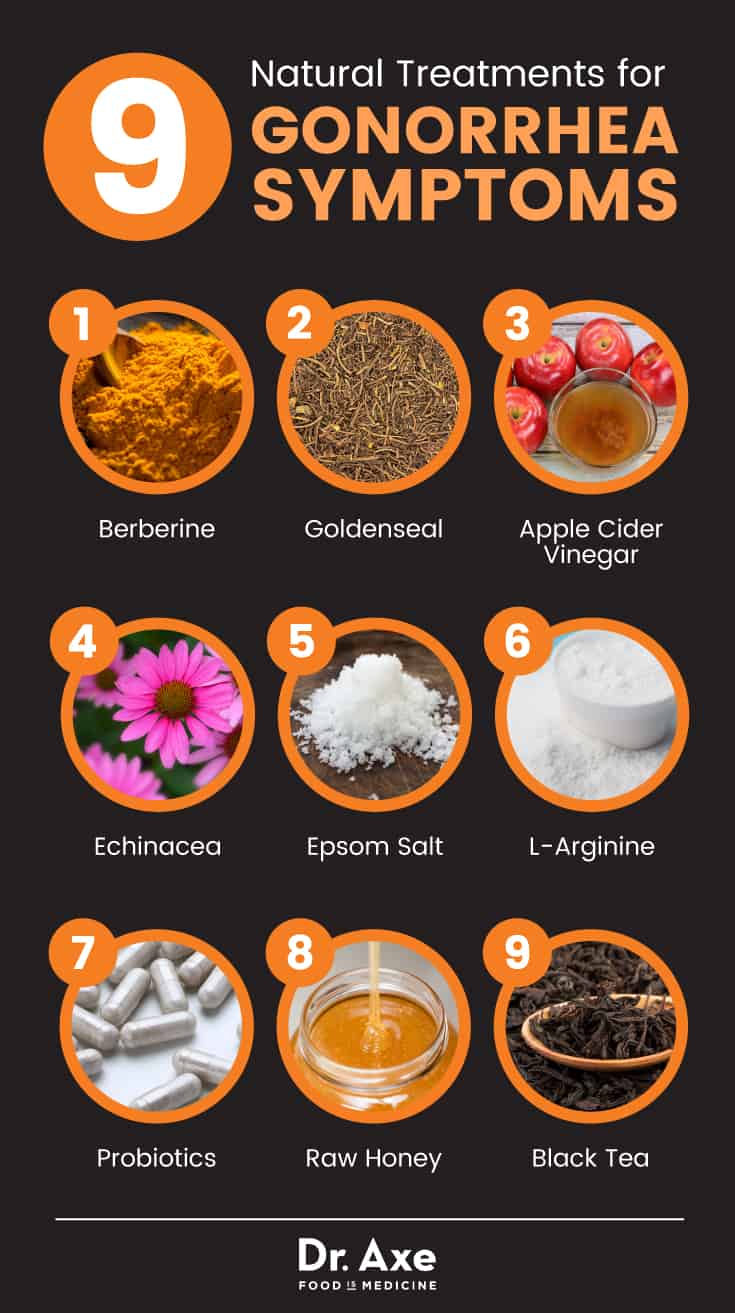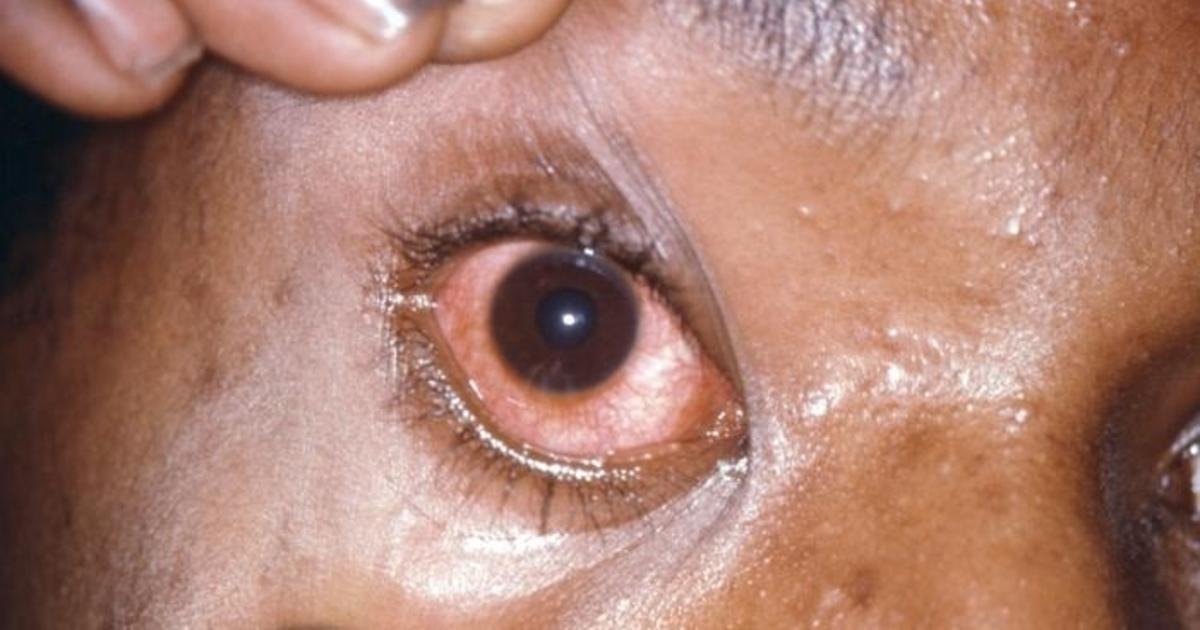

Fluoroquinolones should not be used in patients who live in or may have contracted gonorrhea in Asia, the Pacific islands, or California, or in men who have sex with men. Treatments for uncomplicated urogenital, anorectal, or pharyngeal gonococcal infections include cephalosporins and fluoroquinolones. Symptoms and signs include a burning sensation when urinating and a yellowish white. When multiple sites are potentially infected, culture is the only approved diagnostic test. When initially infected, the majority of men have some signs or symptoms.

gonorrhoeae infections can be diagnosed using culture or nonculture (e.g., the nucleic acid amplification test) techniques. The most commonly infected joints include wrists, ankles, and the joints of the hands and feet. These legions start as papules and progress into bullae, petechiae, and necrotic lesions.
#GONORRHEA SYMPTOMS IN MEN SKIN#
Disseminated gonococcal infection presents as a few skin lesions that are limited to the extremities. gonorrhoeae infections can disseminate to other areas of the body, which commonly causes synovium and skin infections. The incubation period after contracting Neisseria gonorrhoeae lasts between 5 and 30 days. Infections that occur in the neonatal period may cause ophthalmia neonatorum. gonorrhoeae infections include anorectal, conjunctival, pharyngeal, and ovarian/uterine. Gonorrhoea Symptoms and Signs A burning sensation while urinating Greater frequency or urgency of urination A pus-like discharge from the genitals Swelling. Men with this infection may experience dysuria with penile discharge, and women may have mild vaginal mucopurulent discharge, severe pelvic pain, or no symptoms. The most common site of Neisseria gonorrhoeae infection is the urogenital tract.


 0 kommentar(er)
0 kommentar(er)
